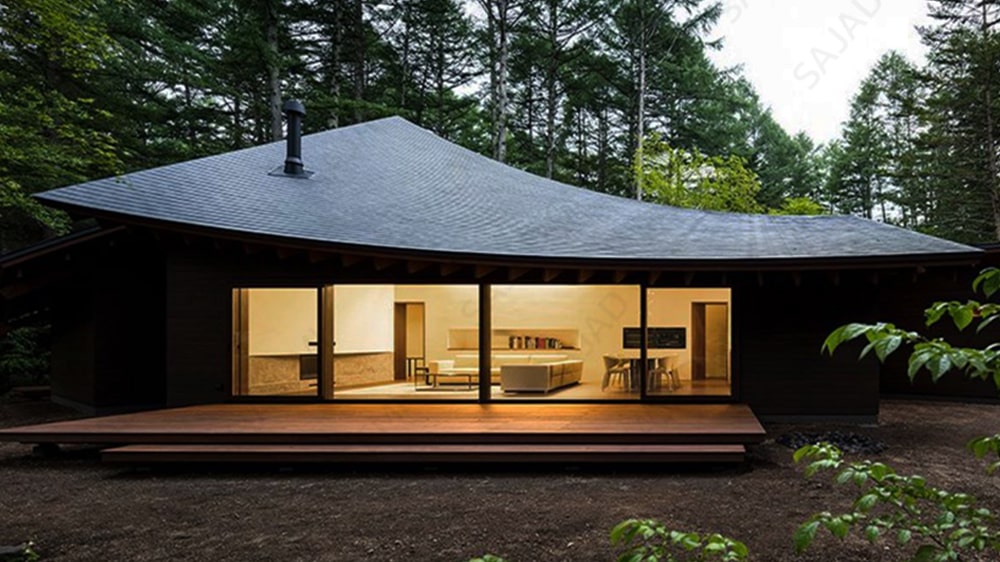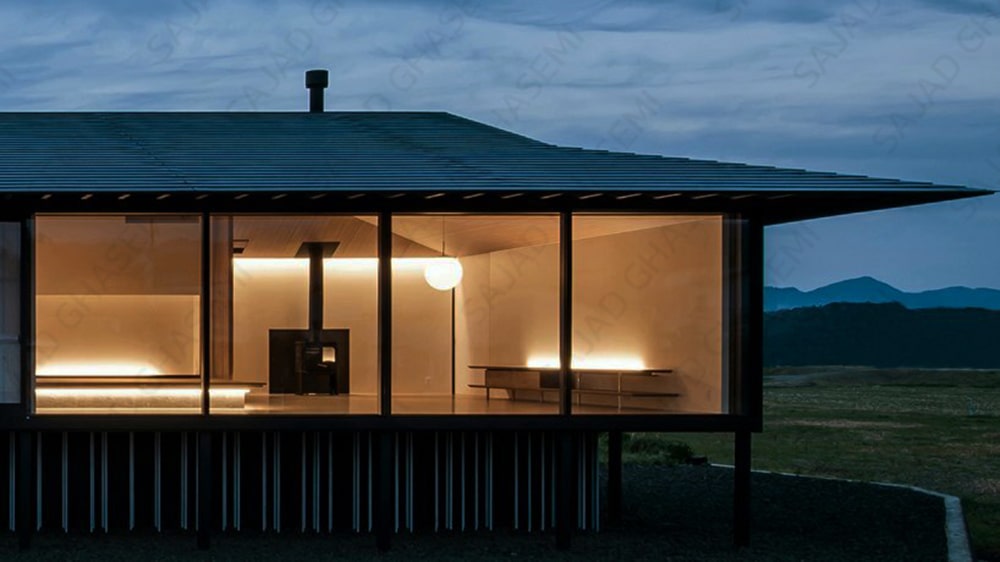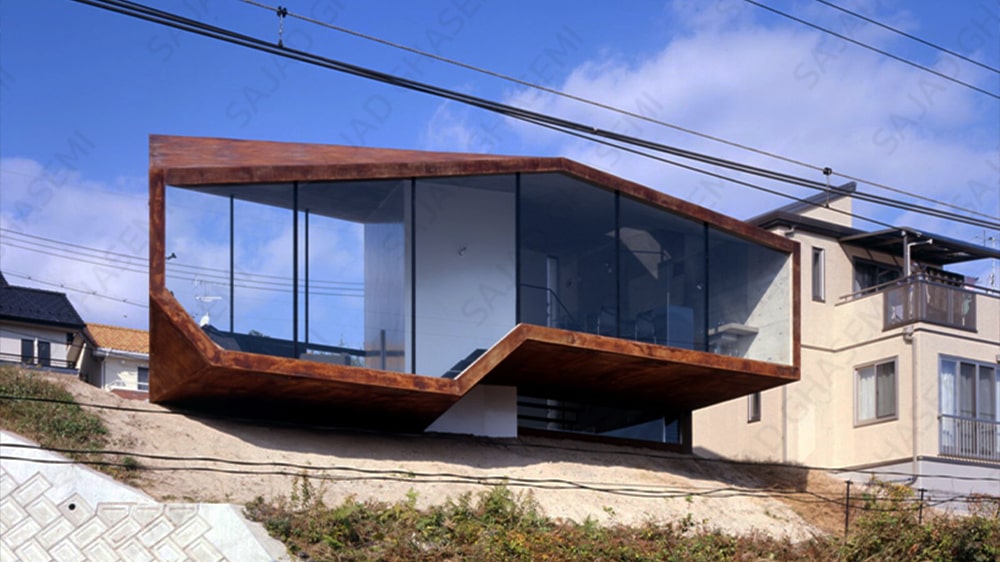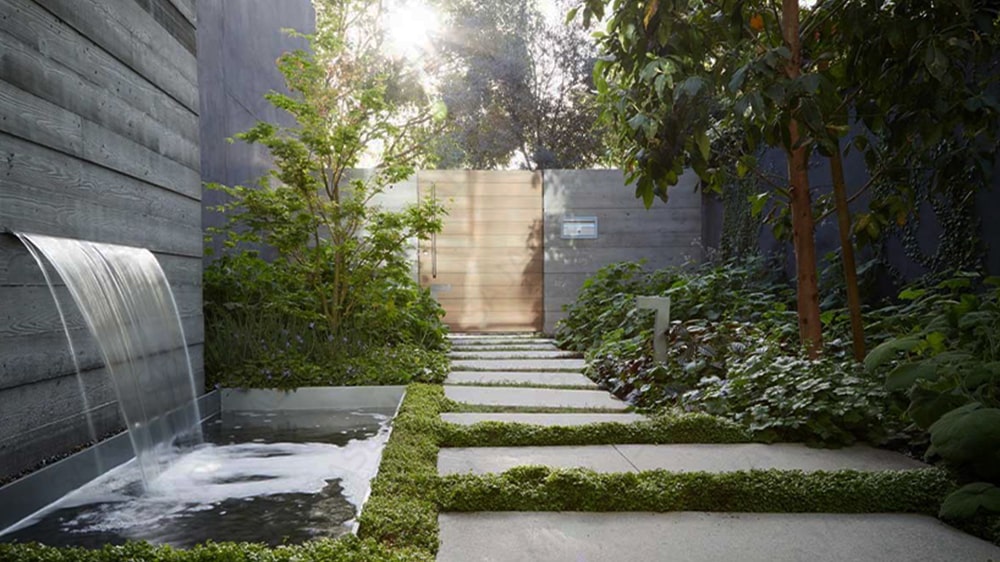
When it comes to architectural marvels, Japan stands out as a nation that seamlessly blends traditional aesthetics with contemporary design principles. Japanese architecture, deeply rooted in centuries of cultural traditions, has captivated the world with its unique blend of simplicity, functionality, and reverence for nature.
The Origins of Japanese Architecture
The origins of Japanese architecture can be traced back to the ancient wooden structures of the Asuka and Nara periods (538-794 AD). These early buildings, influenced by Chinese and Korean architectural styles, laid the foundation for Japan’s distinct architectural identity. Key elements like the use of natural materials, such as wood and paper, and the emphasis on harmony with the surrounding environment became hallmarks of Japanese design.
Traditional Japanese Architecture
Traditional Japanese architecture is characterized by a few signature elements that have withstood the test of time. One of the most notable features is the use of wooden post-and-beam construction, which allows for flexible and earthquake-resistant structures. Additionally, the incorporation of sliding doors (fusuma and shoji) and the clever use of natural light create a sense of openness and fluidity within the interior spaces.
Another defining aspect of traditional Japanese architecture is the emphasis on simplicity and minimalism. Clean lines, natural materials, and a focus on functionality over ornamentation create a sense of tranquility and balance. This minimalist approach extends to the use of space, with traditional Japanese homes often featuring multi-purpose rooms that can be adapted for various activities.
Temples and Shrines
Japan’s temples and shrines are perhaps the most iconic examples of traditional Japanese architecture. These sacred structures showcase the intricate woodworking techniques, ornate carvings, and vibrant colors that have been perfected over centuries. The iconic curved roofs, known as “kirizuma,” and the use of natural materials like wood, stone, and paper create a harmonious blend of architectural elements that reflect Japan’s cultural and spiritual heritage.

Modern Japanese Architecture
While deeply rooted in tradition, Japanese architecture has also embraced modernity with a unique flair. Contemporary Japanese architects have masterfully combined traditional elements with cutting-edge materials and innovative design concepts. The work of renowned architects like Tadao Ando, Kengo Kuma, and Shigeru Ban exemplifies this fusion of old and new.
Tadao Ando’s concrete masterpieces, for instance, seamlessly integrate traditional Japanese aesthetics with modern minimalism, creating spaces that evoke a sense of serenity and connection with nature. Kengo Kuma, on the other hand, is renowned for his innovative use of natural materials, such as wood and bamboo, which he incorporates into sleek, contemporary designs.
Sustainable Design
In recent years, Japanese architecture has also embraced sustainable design principles, reflecting the country’s commitment to environmental preservation. The use of renewable materials, energy-efficient construction techniques, and a focus on harmony with the natural surroundings have become integral to modern Japanese architectural practices.
Exploring the Defining Features of Japanese Architecture
When it comes to architectural styles, Japanese architecture stands out as a unique and captivating blend of tradition, simplicity, and harmony with nature. For centuries, Japanese architects and builders have developed a distinct set of principles and design elements that have become synonymous with the country’s architectural heritage. In this article, we delve into the key features that define Japanese architecture and make it a truly remarkable art form.
Wooden Construction and Post-and-Beam Framing
One of the most distinctive features of Japanese architecture is the widespread use of wood as the primary building material. This reliance on wood stems from Japan’s abundant forests and the need for earthquake-resistant structures. The traditional post-and-beam framing system, known as “hon-gawari,” allows for flexible and robust construction that can withstand seismic activities.
Sliding Doors and Partitions
Another iconic element of Japanese architecture is the use of sliding doors and partitions, known as “fusuma” and “shoji.” These movable panels not only allow for flexible and adaptable living spaces but also create a seamless connection between indoor and outdoor environments. The shoji, made of translucent paper or fabric, diffuses natural light and adds a sense of warmth and tranquility to the interior spaces.

Emphasis on Natural Materials
Japanese architecture places a strong emphasis on the use of natural materials, such as wood, stone, paper, and bamboo. This choice reflects the deep-rooted respect for nature and the belief that buildings should harmonize with their surroundings. The incorporation of natural materials not only adds aesthetic appeal but also contributes to the overall sense of serenity and balance within the architectural spaces.
Minimalism and Simplicity
Simplicity and minimalism are core principles of Japanese architecture. This approach is evident in the clean lines, uncluttered spaces, and the avoidance of excessive ornamentation. Japanese architects strive to create environments that promote tranquility and focus, allowing the beauty of the natural materials and the intricate details to shine through. This minimalist aesthetic is often combined with a careful consideration of functionality and efficient use of space.
Integration with Nature
One of the most striking features of Japanese architecture is its seamless integration with the natural environment. Buildings are designed to complement and blend with their surroundings, rather than dominate or detract from them. Japanese architects pay close attention to the placement of structures, the use of natural materials, and the incorporation of landscaping elements, such as gardens, ponds, and courtyards. This harmonious relationship with nature is deeply rooted in traditional Japanese philosophy and spirituality.
Tatami Mats and Modular Spaces
Tatami mats, made of tightly woven soft rush straw, are a quintessential element of Japanese architecture. These mats not only serve as flooring but also as a modular unit for measuring and organizing interior spaces. Rooms are often designed with specific tatami mat configurations, creating a sense of order and functionality within the living spaces.
Curved Roofs and Intricate Detailing
The unique curved roofs found in Japanese architecture, particularly in traditional temples and shrines, are instantly recognizable. These intricate roof structures, known as “kirizuma,” are designed to shed heavy rain and snow while adding a distinct visual aesthetic to the buildings. Additionally, Japanese architecture is renowned for its intricate woodcarving, lacquerwork, and other decorative details that showcase the skills of master craftsmen.

Adaptability and Flexibility
Japanese architecture is characterized by a sense of adaptability and flexibility. The use of sliding doors and partitions, as well as the modular nature of tatami mat layouts, allows for spaces to be easily reconfigured and repurposed as needed. This adaptability reflects the Japanese appreciation for simplicity and the ability to adapt to changing needs and circumstances.
In recent decades, modern Japanese architects have found innovative ways to incorporate these traditional elements into contemporary designs, blending ancient principles with cutting-edge materials and techniques. This fusion of old and new has resulted in architectural masterpieces that pay homage to Japan’s rich cultural heritage while embracing the demands of modern living.
From the intricate woodwork and curved roofs to the seamless integration with nature and the emphasis on simplicity, Japanese architecture offers a unique and captivating perspective on the art of building. Its enduring influence continues to inspire architects and designers around the world, serving as a testament to the timeless beauty and wisdom embodied in this remarkable architectural tradition.
Conclusion
As we immerse ourselves in the captivating world of Japanese architecture, it becomes evident that this artistic tradition transcends mere buildings and structures. It is a profound expression of cultural identity, a harmonious fusion of functionality and aesthetics, and a testament to the human spirit’s ability to create beauty in harmony with nature.
At the core of Japanese architectural philosophy lies a deep reverence for simplicity, minimalism, and the seamless integration of the built environment with the natural surroundings. This approach has given rise to structures that exude a sense of tranquility, balance, and a profound connection with the elements of earth, water, air, and light.
From the ancient wooden post-and-beam constructions of the Asuka and Nara periods to the modern masterpieces of visionaries like Tadao Ando and Kengo Kuma, Japanese architecture has consistently pushed the boundaries of design while maintaining a steadfast commitment to its cultural roots. The use of natural materials, such as wood, stone, and paper, not only contributes to the aesthetic appeal but also serves as a symbolic link to Japan’s deep-rooted respect for nature.
The principles of adaptability and flexibility, embodied in the sliding doors, partitions, and modular tatami mat layouts, reflect the Japanese appreciation for simplicity and the ability to adapt to changing needs. These elements, combined with the integration of landscaping elements like gardens and courtyards, create a seamless indoor-outdoor living experience that fosters a sense of harmony and interconnectedness.
As the world grapples with the challenges of sustainability and environmental preservation, Japanese architecture offers invaluable lessons in responsible design and construction. The emphasis on renewable materials, energy-efficient techniques, and a deep understanding of the symbiotic relationship between buildings and their natural surroundings serves as a blueprint for a more sustainable future.
In the hands of contemporary architects, Japanese architectural traditions have been reinterpreted and reinvented, giving rise to awe-inspiring structures that blur the lines between tradition and modernity. The fusion of ancient principles with cutting-edge materials and technologies has resulted in architectural marvels that pay homage to Japan’s rich cultural heritage while embracing the demands of modern living.
Beyond the realm of physical structures, Japanese architecture holds profound philosophical and spiritual significance. It is a reflection of the Japanese values of harmony, balance, and respect for nature – values that have withstood the test of time and continue to inspire architects and design enthusiasts around the globe.
As we look to the future, the enduring legacy of Japanese architecture will undoubtedly continue to captivate and influence generations to come. Its timeless beauty, rooted in centuries of tradition and innovation, stands as a powerful reminder of the human capacity for creating spaces that elevate the spirit, nurture the soul, and celebrate the inherent beauty of the natural world.
